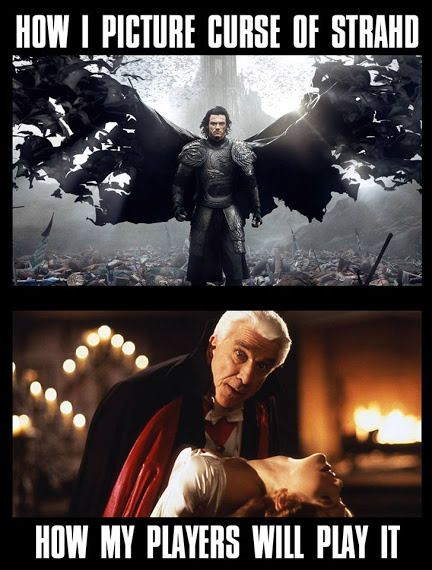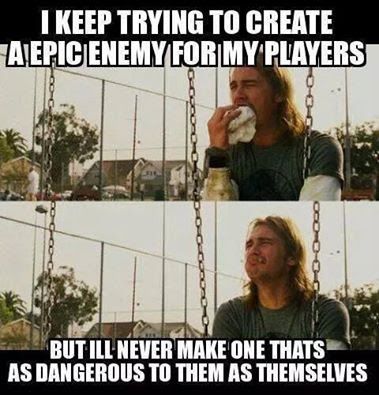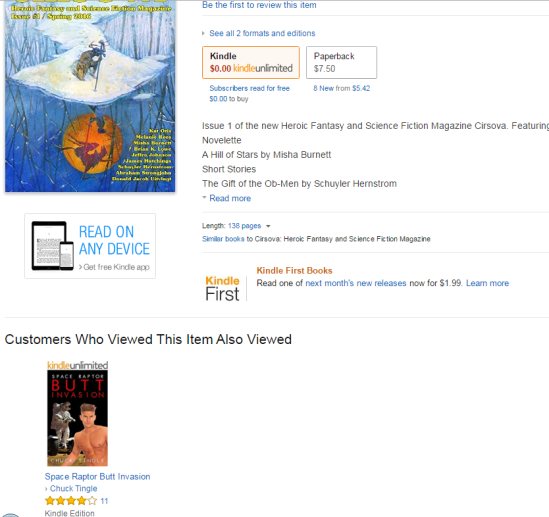SENSOR SWEEP: Joyful Abandon, the Notion of “The Crew”, Barely-Clad Damsels, and Sledgehammers to the Skull
Wednesday , 16, March 2016 Sensor Sweep 1 Comment Comics (Comics Review) Dagar the Invincible: Tales of Sword and Sorcery: Volume 1 — “Dagar is something of a ‘kitchen sink’ book – as in ‘everything but the kitchen sink.’ In the nine issues collected in this volume, Dagar encounters wizards, dinosaurs, cave men, werewolves, vampires, dark gods, demons and pirates, along with assorted beautiful women. The post prehistoric/early urbanization setting allowed Glut to mix and match concepts with joyful abandon.”
Comics (Comics Review) Dagar the Invincible: Tales of Sword and Sorcery: Volume 1 — “Dagar is something of a ‘kitchen sink’ book – as in ‘everything but the kitchen sink.’ In the nine issues collected in this volume, Dagar encounters wizards, dinosaurs, cave men, werewolves, vampires, dark gods, demons and pirates, along with assorted beautiful women. The post prehistoric/early urbanization setting allowed Glut to mix and match concepts with joyful abandon.”
From the Comments (Black Gate) Gardner Dozois on the New Sword & Sorcery — “There’s frequent talk about Sword & Sorcery elements being found in many popular fantasy works, but gritty, low-magic fantasy isn’t the same thing. I am indeed missing the giant jewels and the giant snakes, as well as the ‘gigantic melancholies and gigantic mirth’. Though that’s not just an issue of Sword & Sorcery. Magic and wonder seems to be very much missing from most contemporary heroic fantasy.”
Tolkien and Anti-Tolkien (Fantasy Faction) Trying Out Science Fiction: A Guide for Fantasy Purists — “There are many online forums where people ask, ‘I’ve never read any science fiction but I want to try it out, what should I read first?’ and get a stream of comments recommending classic works like Dune and Stranger in a Strange Land and Foundation. These are indeed important works that have been enjoyed by many, but they’re probably not the best ones to start with. It’s like telling someone who’s never read fantasy to begin with Lord of the Rings or Elric of Melniboné.”
Science Fiction (Tor.com) What We Don’t Like To Mention: Philip K. Dick and the Unnameable Horrors — “It’s one of the most chilling lines in the book, and it’s important, I think, for what it doesn’t say…. We get hints, throughout the book, throwaway references, but what Dick does here is to not mention, to allude without clarifying. Which is what makes it all the more horrific, of course.”
D&D (Gothridge Manor) The Threat of Death — “Sometimes you just want to be the badass and wade into battle, damn the consequences because its not a matter of life or death, but how many you kill and how much you drink to your many victories. But for me, for the victories to mean anything, there has to have been a chance, a big chance, that I would fail. And failing can be interesting, it is often more interesting that succeeding.”
Traveller (Tales to Astound) Traveller: Out of the Box–Multiple Characters and Hirelings — “Original Traveller and original Dungeons & Dragons, RPGs born in the 1970s, assumed Player Character death as a given possibility during play. There are no levels or buttons or bennies of the sort found in most modern RPGs to protect the PCs or keep them elevated from harm’s way. A fickle roll of the die means–BLAM!–that’s it, the PC is dead. This all flies in the face of the notion of ‘The Crew’ that I’ve often seen on blog sites devoted to Traveller games just getting underway. By that I mean a campaign is beginning and a group of Player Characters (often with elaborate backstories) is created. The campaign assumes that these characters will be the focus of the game. This setup assumes, obviously, that these Player Characters will not die. But, again, this is the opposite assumption of how early RPGs were played.”
Wargames (Naked Meeple) A solo spin of the COINs — “What you end up with is a zoomed out, macro view of the politics of these conflicts, and a clear picture of the forces that you control – the forces that helped shape this insurrection. When it’s all over and the dust has settled, I get a real sense of the weight of the events that just transpired. This, maybe more than anything, is what ended up convincing me that the COIN titles deserve a spot on my shelf.”
 Appendix N (Tansy Rayner Roberts) Margaret Brundage & Weird Tales [SF Women of the 20th Century] — “These days, it’s hard not to see the wave of barely-clad damsel in distress figures in pulp art as a symbol of sexism in the industry, and yet there was something about Brundage’s women that often allows for a more progressive reading: her damsels were often fiery, but rarely distressed – at best, they exuded mild alarm at whatever alien was ravaging them this week. Their aloof quality took the power back from the concept, making it clear that – whatever the content of the stories within the magazine – these women saw themselves as protagonists.”
Appendix N (Tansy Rayner Roberts) Margaret Brundage & Weird Tales [SF Women of the 20th Century] — “These days, it’s hard not to see the wave of barely-clad damsel in distress figures in pulp art as a symbol of sexism in the industry, and yet there was something about Brundage’s women that often allows for a more progressive reading: her damsels were often fiery, but rarely distressed – at best, they exuded mild alarm at whatever alien was ravaging them this week. Their aloof quality took the power back from the concept, making it clear that – whatever the content of the stories within the magazine – these women saw themselves as protagonists.”
Appendix N (Vice) Victor LaValle’s New Novel Is H. P. Lovecraft, Without the Horrific Racism — “It seems like he was very inspired by a writer named Lord Dunsany, who was a high-fantasy writer who came before Lovecraft. In many ways, Lord Dunsany and Lovecraft are both writing from a place of great nostalgia—for places and times and sort of ways of living and cultures that probably never existed.”
Bro, Do You Even Read? (Los Angeles Review of Books) Shoggoths in a Segregated America — “Less highly regarded are Lovecraft’s ideas regarding race; a vehement believer in the superiority of white individuals over others, many of his stories were rooted in a fear of immigrants, miscegenation, and mixed ancestry.”
Appendix N (Misha Burnett) An invitation to join the Eldritch Earth Geophysical Society — “I wanted to mashup two of my favorite pulp era authors–H P Lovecraft and E R Burroughs. So I set my story on Earth approximately 365 million years ago, at the end of the Great Old One’s dominion. I have a mix of dinosaurs, Lovecraftian horrors, and human beings….”
Authors (United States Navy) Commander Thomas A. Mays — “CDR Mays reported to Assault Craft Unit TWO as the Executive Officer in February 2016.”
Comics (Doctor Xaos Comics Madness) A pretty butterfly — “The way I see it, to Moore the idea that anyone would put on a mask and go out to fight crime, particularly in violent and brutal ways, is a mark of insanity. More broadly, I suspect that strong devotion to a cause — Justice, say, or one’s country (patriotism) — also falls within his definitions of insanity, to some degree. At least for vigilante crimefighting, I’m not saying Moore might not have a strong argument (I’ve written about that myself in the past). But I think he’s bought into that viewpoint so strongly that he can’t even begin to portray a vigilante character ‘fairly.’ Instead he exaggerates their unlikeable tendencies to emphasize his point with all the subtlety of a sledgehammer to the skull.”
Appendix “T” (Unsubscribed Blog) Three Chris Yates Wraparounds — “Because of the effort and technical application involved in constructing a good image comprising of both covers and spine, I saw this as a perfect opportunity to try and remove as many defects in post processing. It took a good few hours of work to complete each book but I think the results speak for themselves and show off Chris Yates’ psychedelic painting/collage skills to full effect. It’s certainly the first time these covers have appeared on the web in this format which makes all the time spent hunched over my MacBook Pro worthwhile.”
Superversive (Welcome to Arhyalon) Interview with Frank Luke — “Two of the foundational fantasy authors were devout Christians, George MacDonald and Tolkein. Christians writing fantasy today aren’t entering Satan’s territory. We’re staking our place on the front lines of a war to keep what our predecessors started.”
—
Thank you for this.
